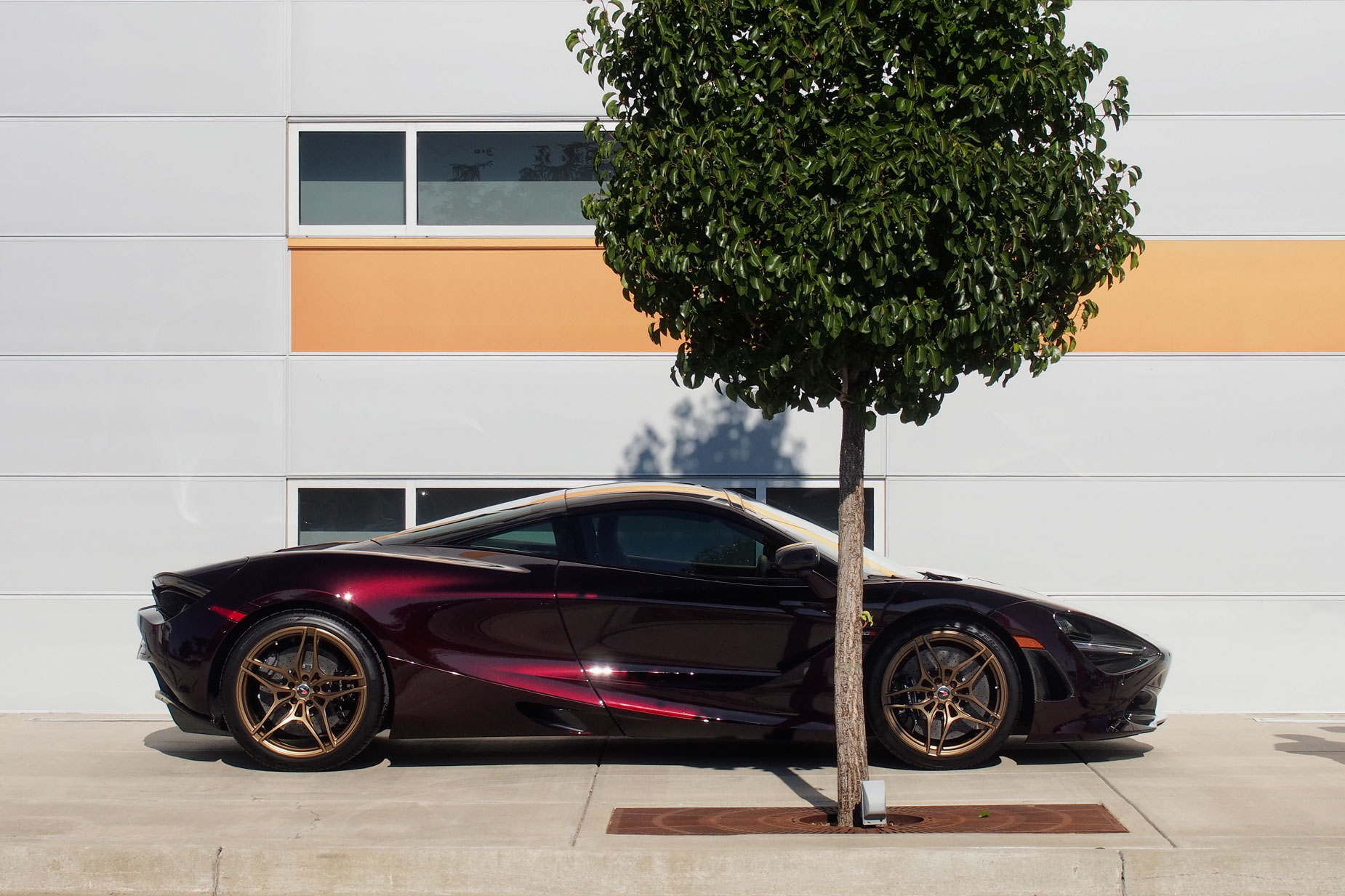Today’s post by David Zimmerman, with Joe Farace
“Memories, even your most precious ones, fade surprisingly quickly. But I don’t go along with that. The memories I value most, I don’t ever see them fading.”― Never Let Me Go
If you read a previous post, Avoiding Memory Card Problems, you know that if you tend to shoot a lot of exposures with your DSLR or mirrorless camera—and maybe if you don’t—it’s inevitable that you might run into some problems that cause you to lose some of your photographs.
Here are some tips from an expert about how to avoid this kind of loss.
- Take your time. When you click the shutter release to make a photograph, the camera needs time to write and organize the image file. Pause a second or more after taking a series of shots to make sure that you don’t cause file errors or formatting problems for the entire card.
- Use one card per camera. You should have one dedicated memory card for each of your cameras. Every device has a unique numbering and formatting procedure, so to avoid corruption that can come with mixing cards use one card per camera. This also helps avoid accidental deletions or losing the card. (from Joe: I didn’t always do this but now I do.)

How I made this shot: I photographed this McLaren at Cars & Coffee at the Vehicle Vault in Parker, Colorado using an Olympus E-M5 Mark I with Olympus 14-42mm f/3.5-5.6 II R lens and an exposure of 1/640 sec at f/11 and ISO 250.
- Don’t get your cards wet. Liquids and food can ruin a card’s gold-plated contact points and inner workings. Be careful when making pictures in rainy weather and avoid transferring files while sipping on your morning coffee or tea.
- Watch the camera’s battery power.vIt takes power to run the camera’s processes. Avoid taking pictures when the camera’s battery is low, because this can cause errors in how image files are written to the card. Having a backup battery ensures you aren’t caught facing that perfect shot only to discover you’re our of power.
- Pay attention when deleting and formatting. SD cards can hold a tremendous amount of photo and video files, so you shouldn’t delete any pictures manually just to free up memory card space. Some devices use a destructive form of deletion, which can overwrite an entire image’s data, making it impossible to recover. Leave the deletions and formatting actions to later and use your computer’s photo management software.
- Use a card reader. A card reader enables fast file transfers from your memory cards to your computer. These products are inexpensive, convenient and help avoid “low battery” issues
David Zimmerman has been in the hardware/software industry for more than 30 years and the data recovery software market for 18 years. This experience has made him uniquely familiar with the data recovery business. LC Technology International, Inc are the official data recovery partner of SanDisk and Western Digital and are recommended by top media brands like PNY, Delkin, G-Technology, Canon, Nikon, Sony, ARRI, and many others.